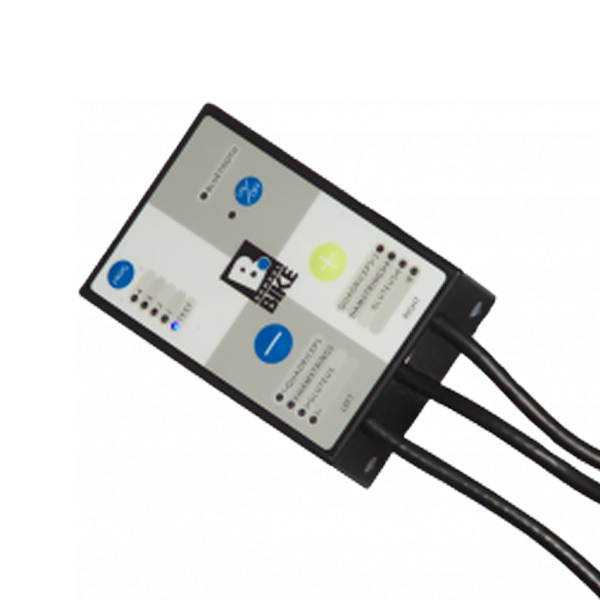

EMS devices will offer a frequency within a set range (0-70Hz), some devices may only provide one set level of frequency, others will provide the option to adjust the frequency within a pre-set range.

As frequency is increased (more pulses delivered per second), so does the strength of the contraction created up to around 60-70Hz, at which point the frequency has more effect upon the sensory rather than motor neurons and the power of the muscle contraction reduces. At a low frequency (1-10Hz), a weak muscle twitch or flutter will be generated. The clinician requires to become confident in the manipulation of these parameters to use EMS effectively.įrequency refers to the number of stimulation pulses delivered per second, measured in Hertz (Hz). These are: Frequency, Amplitude and Pulse Width. Most EMS units share the same parameters for adjustment. This alteration of a produced muscle contraction is the result of the manipulation of the available electrical stimulation parameters controlled by the clinician. The resultant muscle contraction can range from a small muscle twitch, to a powerful enough contraction to cause a physiological movement at the joint(s). This muscle contraction takes place due to the electrical current travelling into the tissues and causing a depolarisation of an intact motor neuron that carries the signal to the target muscle through synaptic transmission to the motor end plates.
#Functional electrical stimulation skin
What is Electrical Muscle Stimulation (EMS)?ĮMS involves the application of an electrical current, usually across the surface of the skin using adhesive or rubber electrodes positioned on the skin in direct proximity to the muscles to be stimulated, to generate a muscle contraction. However, all of the different approaches named above (and many others) share the same basic approaches and rely upon the same physiological processes to work effectively. Suffice to say this huge variety of terminology has left clinicians perplexed and reluctant to explore further. The first thing you notice when you search for information on Electrical Muscle Stimulation is the wide variety of types, methods and names, such as Functional Electrical Stimulation (FES), Functional Electrical Therapy (FET), Transcutaneous Electrical Stimulation (TES), and Neuromuscular Electrical Stimulation (NMES).


 0 kommentar(er)
0 kommentar(er)
